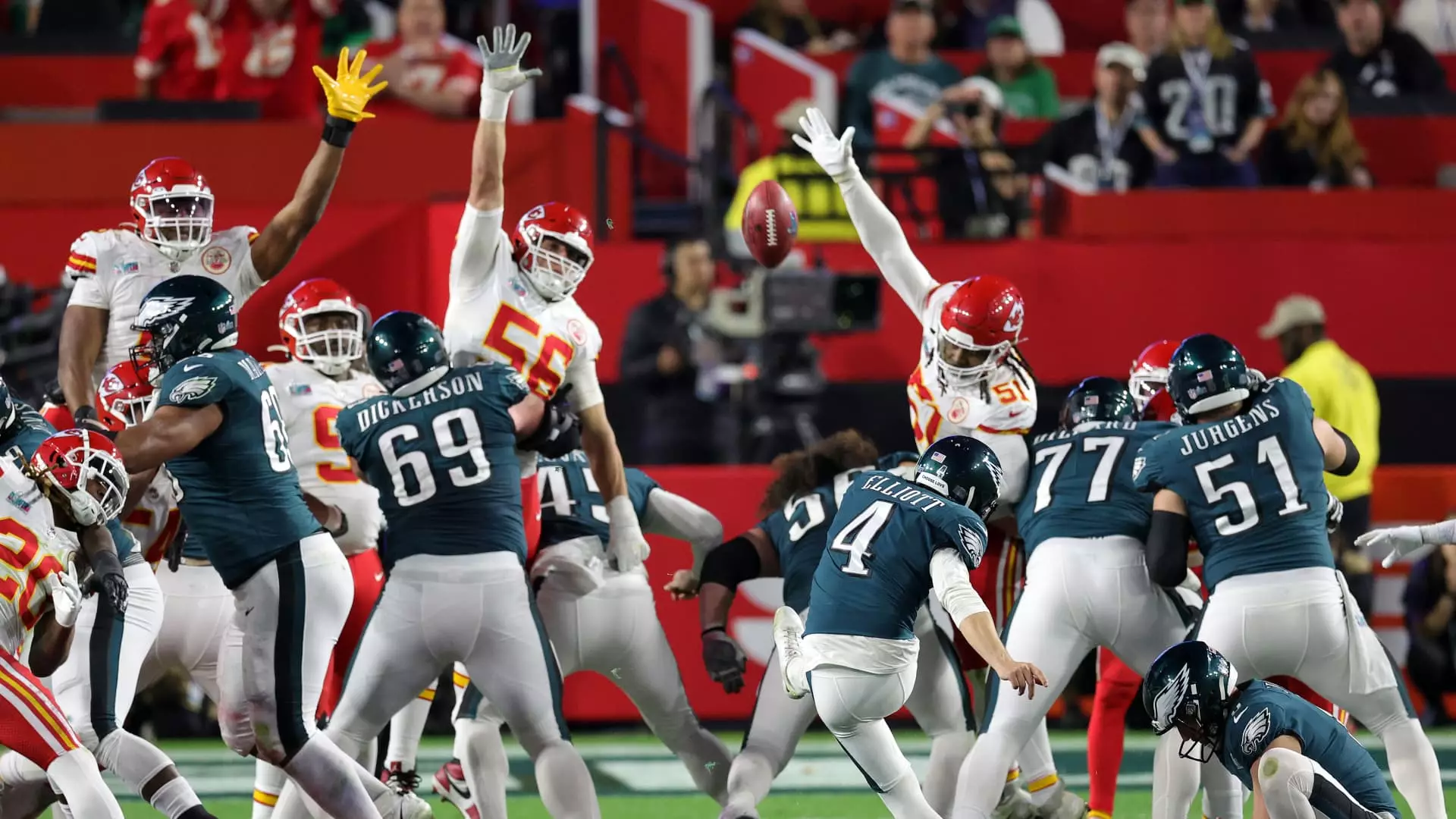Super Bowl 59, scheduled for February 9, 2025, is set to become a landmark event for Fox Corporation, with the company completely selling out its advertising inventory. According to sources close to the matter, more than ten advertisements have been sold for an astounding $8 million each. This development is particularly noteworthy given that Fox had informed investors during their November earnings call that the ad spots had completely sold out well ahead of time, indicating a dramatic upswing in demand. This heightened interest in Super Bowl advertising reflects a growing trend of businesses keen to capitalize on one of America’s most-watched live events.
The escalating prices for advertising slots—initially reported at over $7 million—illustrate a robust market willing to invest heavily for exposure during the Super Bowl. Fox CEO Lachlan Murdoch highlighted during the earnings call the pricing as unprecedented for the network, suggesting not only a fruitful sales period but an evolving landscape for live sports broadcasting.
The aggressive spike in advertising costs is driven by a combination of dwindling inventory and the event’s unparalleled viewership potential. Traditionally, as game day draws nearer and available slots become scarce, advertising rates increase incrementally. However, this year has seen a staggering elevation in prices, rising by approximately $500,000 per spot as demand surged. This indicates a shift in advertisers’ perceptions of value, wherein they see substantial returns on their investments due to the significant audience demographics that Super Bowl broadcasts attract.
The role of advertisers in shaping this landscape cannot be overlooked. Companies in sectors such as fast food, automobiles, and beverages have historically dominated Super Bowl advertising. However, interesting trends indicate a potential rise in advertisements from the pharmaceutical and artificial intelligence sectors, signifying a diversification in the marketing strategies employed during this giant event.
The Super Bowl is not merely a sporting event; it is a cultural phenomenon that captivates millions across the nation. Last year’s Super Bowl attracted a staggering 123.7 million viewers, with the previous Fox broadcast drawing over 115 million. This explosive audience size is the primary reason media giants fork out vast sums for the rights to air NFL games. As Mark Evans, Fox Sports’ Executive Vice President of Ad Sales noted, the significance of live sporting events stands unmatched as families gather to watch a game collectively.
In an era where cable TV viewership is declining, live sports present one of the last bastions of crowd-drawing potential, making Super Bowl commercials prime real estate for brand advertisers. The cultural stakes associated with the Super Bowl are immense, and businesses are increasingly choosing to center their marketing strategies around this marquee event.
The recovery of the advertising market following the slump caused by the COVID-19 pandemic has ushered in a renaissance for traditional media. Media companies endowed with rights to sporting events have found themselves in a much stronger position relative to those focusing on general entertainment. In light of this resurgence, there is renewed vigor in the advertising landscape as brands grapple to reclaim audience attention.
This year’s contest between the Kansas City Chiefs and the Philadelphia Eagles promises a rich tapestry of advertising. Alongside the expected familiar faces and brand logos, there will be a noticeable increase in 60-second advertisements, a format particularly appealing for brands wanting to leave a lasting impression. As the Super Bowl evolves, its platform for advertising increasingly accommodates diverse messages, drawing attention from various sectors and fulfilling both the need for entertainment and the desire for heavier branding impact.
For the first time, Fox is extending its reach by broadcasting the Super Bowl on Tubi, its ad-supported streaming service. This opens doors for advertisers seeking to connect with a broader audience beyond traditional television viewers. Tubi’s alignment with the Super Bowl’s ad load further integrates Fox’s strategy of expanding reachable demographics and underscores the changing nature of how consumers engage with media.
As the world continues to pivot towards digital, Fox’s innovative approaches exemplify the future of advertising in live sports, with continued growth and evolution on the horizon. As companies compete to harness this medium effectively, the landscape promises to remain dynamic and reflective of broader consumer engagement trends.


Leave a Reply